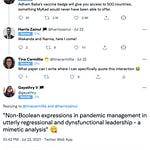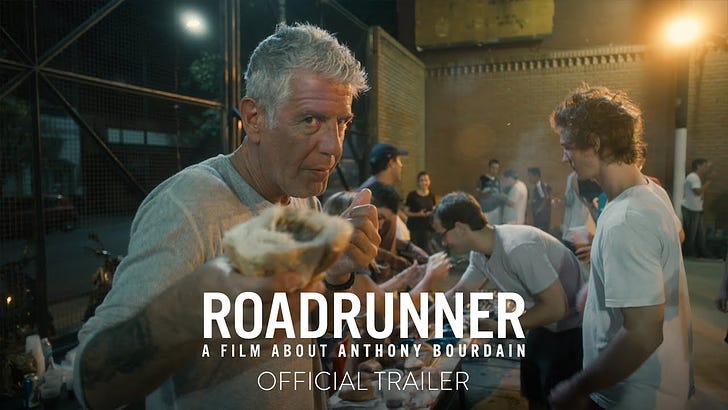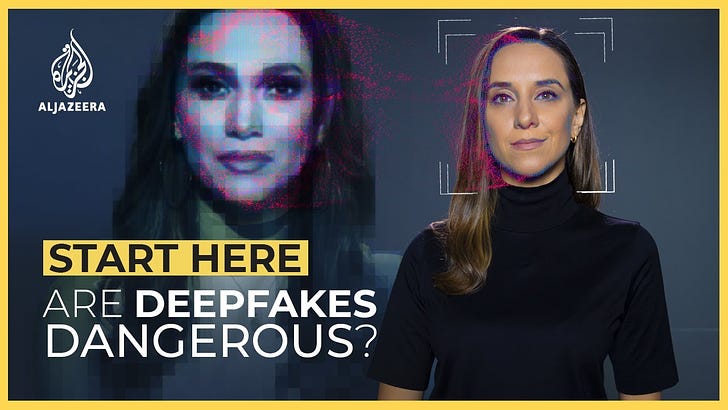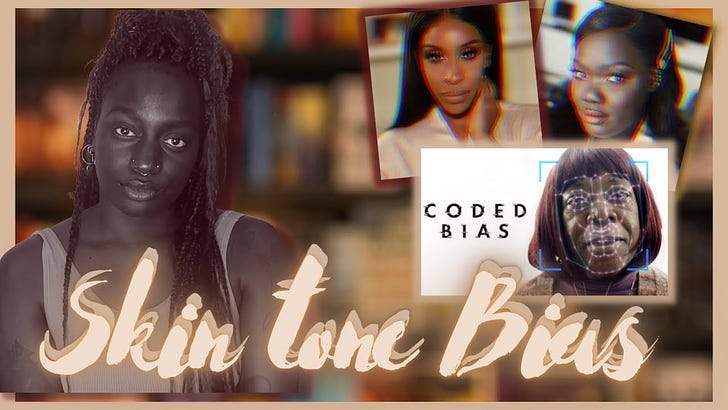Discrimination, dissociation, disinformation
Sri Lanka-based Indi Samarajiva points out that for the New York Times, only white leaders stand out in the fight against COVID-19. “In its Editorial on leadership, the New York Times devotes exactly one sentence to Asia.”
In an update to last month’s report, Vox says the World Health Organisation finally has a DMARC policy to prevent spoofing. Nonetheless, it is a thorough explainer on how, before May 12th, you might have received scam emails from @who.int, the real domain name of the WHO.
Journalistic ethics and disinformation consultant Thomas Kent asks on Poynter whether journalists should let sources look over stories before publication. When do we do it, how much do we show, and what are we willing to change?
Communication accessibility
NBC reports that a US federal judge has ordered New York governor Andrew Cuomo to have a sign language interpreter for his daily coronavirus briefings.
I spoke frequently in the past about Malaysia’s “caption culture.” For many Malaysians who grew up watching the evening news on RTM, we are used to seeing sign language for every news broadcast. We are used to watching tv shows and films with subtitles.
Watching international TV without any of that except for major events like COVID-19 updates, active shooter alerts or hurricane season is still something rather bizarre to me. Malaysia isn’t the most progressive country in the world by any stretch but if there is one thing we do right, it is accessible communication formats.
How did we get here?
In an exclusive with Malaysia Gazette, Tan Lee Bee, an RTM sign language interpreter explained that back in 1986 then information minister Mohamed Rahmat had requested a sign language interpreter for RTM broadcasts. That was how she got the job.
Although she has gained prominence since the regular live telecast of the government’s COVID-19 update, on social media, she was made fun of for looking like she was making Tiktok dance videos next to these speeches.
Ignorant? Maybe. So was I.
I bought my first Malaysian Sign Language (Bahasa Isyarat Malaysia) book a few years ago. I did not plan to, but I saw it at a pop-up store by RC Deaf Missions Malaysia, and thought: “Wow, so this means I can communicate with my friends across the loud dancefloor when we’re at the club!”
I forgot to factor in the fact that my friends, too, would need to know how to sign for us to be able to communicate that way.
But for the sake of redeeming myself, here’s another story.
For International Week of the Deaf in 2016, I produced an interview segment with the Malaysian Federation of the Deaf. What listeners didn’t know was that behind the scenes, I had encountered several problems.
First, my main presenter was unavailable for the pre-recorded slot. My colleague Lim Soon Heng graciously stepped in as the presenter, although he had very little time to prepare.
Second, I considered that it would be quite ironic to have a conversation about deafness on the radio when the deaf community would not be able to listen to it. I wanted to record a video for Facebook. My stand-in presenter was more than happy to oblige.
Third, the crowded recording studio allowed for only a single camera set-up and an awkward angle for the sign language interpreters. In any case, it was sufficient. The video gained traction organically, with more than 10,000 views and 250 shares.
To this day, I consider it one of my proudest works.
If you take a look at the comment section, you will notice that some were written in ‘broken’ Malay/English:
“Try boleh tengok vc ni.”
“Bismillah alhamdulilah untuk nak deaf lain world dan Asia tengok baik senang lah O.K.”
“Pekak tak perlu macam bukan fahami dari world tak dengar kurang.”
It is a common misconception that sign language is a derivative of a spoken language. It’s not ‘broken’ Manglish. These sentences are based on the language rules of BIM – a distinct language – and written by users of BIM, thus, structured the way they would have signed it.
This is why subtitles alone aren’t effective. As Lynn Stewart-Taylor told BBC: “Trying to decipher the information [from subtitles] is like trying to work out something written in a foreign language.”
What I read, watch and listen to…
I’m reading Svara. Finally, the journal arrived. Initially, I was informed that I had to pick it up myself. During the movement restriction order? No way! I paid RM9 postage for that. I fought, gave up, and finally, they sent it to my doorstep.
I’m also reading Bakhtiar Talhah’s call for Malaysia to embrace the LGBT community on Malay Mail for International Day Against Homophobia.
I’m watching the Life in the Universe Pandemic Series on Youtube by astrobiology professor, Charles Cockell. Lecture No. 33 is about how to become an astrobiologist. I took his astrobiology course in 2017 and I’m still not one…
I’m listening to this most heart-wrenching audio diary by John Naughton about his mother-in-law’s funeral, which he and his family attended via live stream, only for the feed to fail during the ceremony.
I’m looking at yet another shot of Boris Johnson:
Chart of the week
This week’s chart is my writing insight from Grammarly. I rely a lot on this tool to check my spelling and grammar because of #multilingualproblems.
Fakta, Auta & Data #1: Salah atau palsu, tetap tidak tepat
Menurut Dewan Bahasa dan Pustaka, istilah bahasa Melayu untuk ‘misinformation’ ialah maklumat salah, dan ‘disinformation’ pula ialah maklumat palsu.
‘Misinformation’ merujuk kepada mana-mana maklumat yang tidak betul, yakni, salah. Maknanya, kadang-kadang kita tersilap faham sesuatu dan memberi maklumat yang tidak betul, walaupun kita tidak berniat untuk menipu. Itulah ibubapa atau pakcik-makcik kita yang asyik mengirim mesej Whatsapp yang tidak berdasarkan fakta dan bukti. Niat mereka baik, hanya ingin berkongsi nasihat kerana prihatin. Maklumat mereka salah, tapi mereka tidak berniat jahat.
Malangnya, istilah maklumat palsu tidak cukup untuk menunjukkan niat jahat di sebalik maksud sebenar ‘disinformation.’ ‘Disinformation’ bererti sengaja menipu dengan tujuan tidak baik. Kalau diterjemah balik, maklumat palsu cuma bermaksud ‘false information’ (dan maklumat salah pula ‘wrong information’). Apakah istilah bahasa Melayu itu – maklumat palsu – benar-benar membawa konotasi ini? Langsung tidak. Oleh itu saya menyarankan penggubahan semula istilah ini supaya betul-betul disesuaikan dengan nuansanya yang sebenar.
















